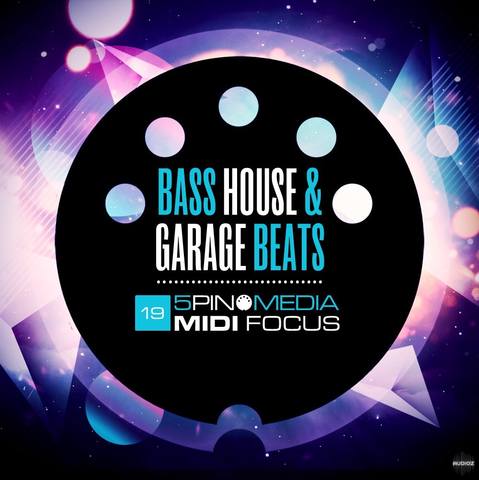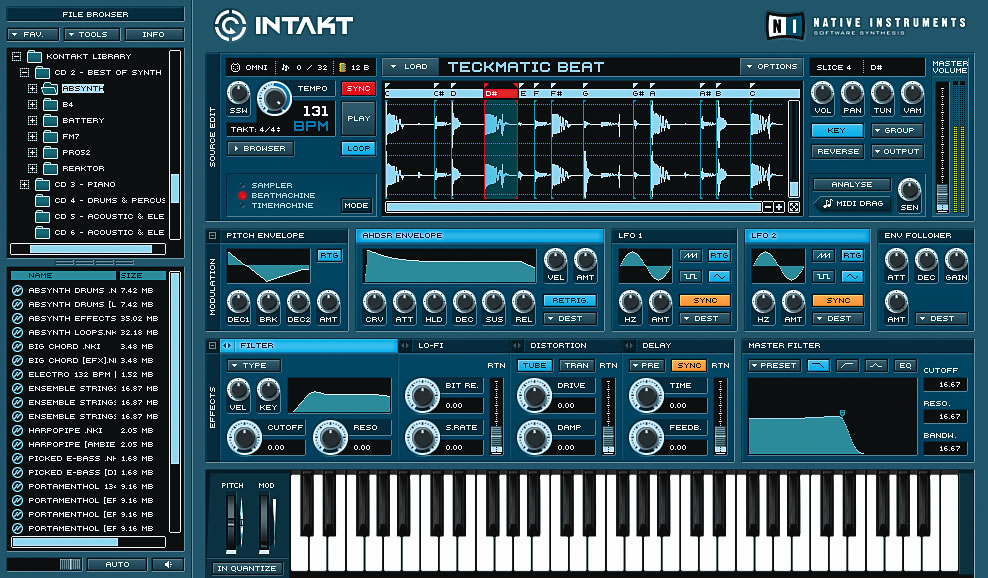Exs24 Sampler Vst Downloadrdyellow
Logic Pro EXS24 Sampler
06 October 2019 235 MB If you can't stand Logic Pro X's stock drum sounds and would like to learn how to load your own custom drum samples or sounds then you are in the right place! In this class you will learn:.How to use the EXS24 Sampler.How to load your own drum samples into Logic Pro X.How to map your samples in the EXS24 Sampler.How to create and save your own custom drum. The EXS24 comes with an enormous library of sampler instruments, but you can also import third-party sample libraries. The EXS24 has a large user base, so finding sample providers online isn’t difficult. In addition to the native EXS24 sampler instrument format, you can import SoundFont2, DLS, and Gigasampler files. Bolder Sounds BOB Fortepiano FULL EDITION Kontakt 2 / EXS24 - Kontakt 2 / Apple ESX24 This is the same Fortepiano included in the B.O.B. Early Music library, yet this version has 4 chromatically sampled velocity layers (p, mf, f, ff) as well as key release samples giving much wider velocity and timberal range. Early Music volume Fortepiano is 53 mb.
EXS24 MkII is a software sampler. It plays back audio files, called samples, that you load into it. These samples are combined into tuned, organized collections called sampler instruments. As sampler instruments are based on audio recordings, they are ideally suited to emulating real instruments such as guitars, pianos, and drums. Supported Sample Formats (loads or saves) include AIFF, Akai, EXS24, SDII, SF2, WAV. With robust synthesis options, support for sampled instruments of almost any size, and 16 outputs for flexible mixing and sound processing, it’s easy to bring sample-based sounds to your production.

The EXS24 MkII ships with a ready-to-play sampler instrument library.
About EXS24 Sample Storage Locations

In order to be visible in the EXS24 MkII Sampler Instruments pop-up menu, instruments must be stored in the Sampler Instruments sub-folder of any of the following folders:
~/Library/Application Support/Logic: User-defined or edited instruments are stored here.
/Library/Application Support/Logic: Factory-supplied EXS instruments are installed here.
/Applications/Logic 6 Series: EXS instruments of the Logic Express 6 Series are stored here.
…/ProjectName: Logic Express also searches for EXS Instruments in the project folder.
Note: You can store your sampler instruments in any folder on any of your computer’s hard drives. Simply create an alias pointing to this folder within a Sampler Instruments sub-folder (in any of the paths listed above) and they will be shown in the Sampler Instruments pop-up menu.
To browse to the next or previous instrument in your sampler instrument library
Loading EXS24 Sampler Instruments from Other Locations
You can manually load sampler instruments that are not shown in the Sampler Instruments pop-up menu. This is done from the Instrument pop-up menu in the Instrument Editor window.
Open the Instrument Editor by clicking the Edit button in the upper-right corner of the Parameter window.
Choose Instrument > Open, then locate the desired instrument in the dialog.
Searching for EXS24 Sampler Instruments
To minimize the number of sampler instruments displayed in the Sampler Instruments pop-up menu, you can use the Find function. This limits the Sampler Instruments pop-up menu to displaying only sampler instrument names that contain the search term.
Click to open the Sampler Instruments pop-up menu, then choose Find.
Enter the search term in the Filter window.
Choose Clear Find in the Sampler Instruments pop-up menu.
The full Sampler Instruments pop-up menu is displayed, but the search term you typed into the Filter window is not cleared. You can return to the limited menu by choosing Enable Find in the Sampler Instruments pop-up menu. This allows you to switch between the two views without re-typing the search term.
Choose the Find command again and enter the desired search term.
Opening the EXS24 mkII Instrument Editor
Click the Edit button to the right of the Sampler Instruments pop-up menu to open the currently loaded sampler instrument in the EXS24 mkII Instrument Editor window. The Instrument Editor window provides precise control over each sample, or zone, in the sampler instrument.
Note: Clicking the Edit button when no sampler instrument is loaded also opens the Instrument Editor window and automatically creates a new, empty, sampler instrument.
Using the EXS24 mkII Options Pop-Up Menu Commands

Click the Options button in the upper-right corner of the Parameter window. This opens the Options pop-up menu, which contains the following commands:
Logic Exs24 Sampler
Recall default EXS24 settings: Recalls a neutral setting for all parameters in the Parameter window. This provides a “clean slate” when adjusting the parameters of your sampler instrument.
Recall settings from instrument: Recalls the original parameter settings of the loaded sampler instrument. This parameter is useful if you’ve been overzealous with your tweaking and want to return to the original sampler instrument parameter settings.
Save settings to instrument: Stores the current parameter values of the Parameter window in the sampler instrument file. When the instrument is reloaded, these values are recalled.
Delete settings from instrument: Removes the stored settings (Parameter window values) from the sampler instrument file.
Rename instrument: Opens a file save dialog, allowing you to rename the loaded instrument. This overwrites the existing instrument name.
Save instrument as: Opens a file save dialog, allowing you to enter an alternative name for the loaded instrument. This preserves the original name and sampler instrument file, and creates a new sampler instrument—a copy.
Note: This is a good, safe option to use, as any projects or templates that use the originally named sampler instrument will work as expected.
Delete instrument: Deletes the loaded sampler instrument.
(Recall default EXS24 mkI settings): Recalls the parameter settings of sampler instruments created in the older version of the EXS24—notably, the modulation paths. This parameter is not relevant for sampler instruments created in the EXS24 mkII.
Extract MIDI Region(s) from ReCycle Instrument: Extracts regions contained in a ReCycle instrument. If no ReCycle instrument is selected, this option is dimmed.
SoundFont Convert, SampleCell Convert, DLS Convert, Giga Convert: Each of these commands launches a dialog with instructions about performing these conversions.
Virtual Memory: Opens a configuration window for the EXS24 mkII’s virtual memory functions. Virtual memory allows samples of almost unlimited length to be played back—by streaming audio directly from the hard disk in real time. The virtual memory window also allows you to enable direct access to system memory for the EXS24 mkII—in systems with 5 GB of RAM or more.
You also might like:
for Apple Logic Pro EXS24 Sampler, GarageBand AUSampler (macOS ), Ableton Live Sampler, Steinberg HALion, MOTU MachFive 3, Presence XT Sampler -PreSonus Studio One 3 Professional- (macOS & Windows), E-MU Emulator X3 and Image-Line DirectWave Player for Windows.
for Native Instruments KONTAKT, Ableton Sampler, HALion, DirectWave Player
Audio Units™ is a trademark of Apple Inc.
DirectWave Player™ is a trademark of Image-Line

Live™ and Sampler™ are trademarks of Ableton AG
Logic Pro® and EXS24™ are trademarks of Apple Inc.
Kontakt™ is a trademark of Native Instruments GmbH
VSTis a trademark of Steinberg Soft- und Hardware GmbH
HALion™ is a trademark of Steinberg Soft- und Hardware GmbH
GarageBand® and AUSampler™ are registered trademarks of Apple Inc.
Free Exs24 Instruments
Studio One™ and Presence XT™ are trademarks of PreSonus Audio Electronics, Inc.
Mac®, macOS®, OS X® are a trademark of Apple Inc., registered in the U.S. and other countries.
Exs24 Sampler
Windows 7™, Windows 8™, Windows 10™ are either a registered trademark or a trademark of Microsoft Corporation in the United States and/or other countries.